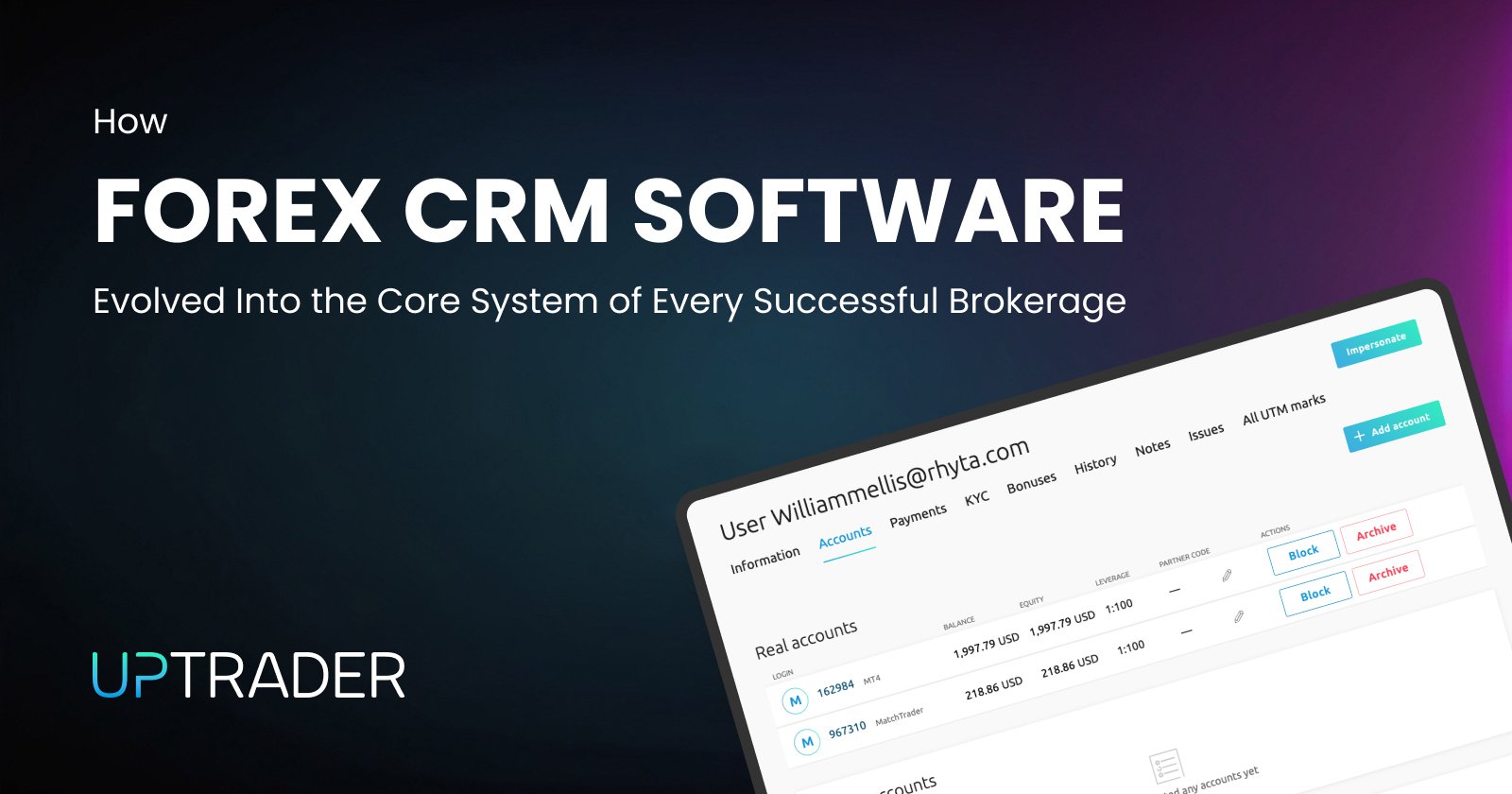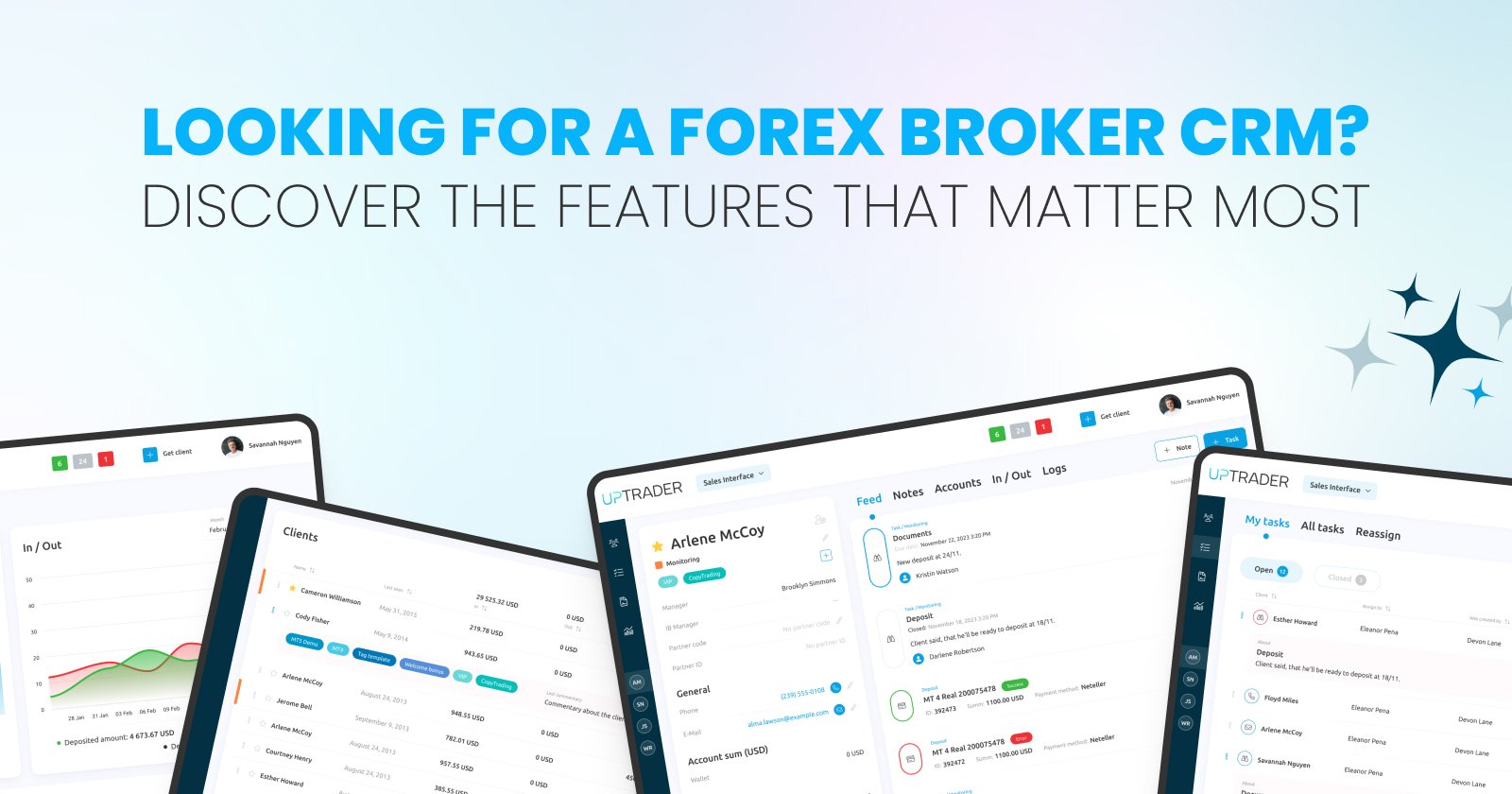Everything You Need to Know About Liquidity

Share this publication:
Understanding the concept of liquidity is essential for individuals who engage in Forex trading. As such, we'll provide you with comprehensive information about liquidity, how it works, and why it is an essential component in Forex trading.
Liquidity in Simple Terms: a box of chocolates
Think about the market like a box of chocolates. Each chocolate in the box represents a different commodity, and each chocolate has its popularity or demand, like how a dark chocolate might have higher demand compared to other flavors. In the context of the market, liquidity can be defined as how quickly a commodity or an asset can be bought or sold in the market without affecting its price.
Market Liquidity
Market liquidity is a financial term that refers to the ability to promptly buy or sell securities or assets without triggering a severe change in the asset's price. High levels of market liquidity suggest that transactions can be executed rapidly and at low costs, while low market liquidity may imply slow execution and high transaction costs.
High market liquidity examples

1. Foreign Exchange Market: With a daily turnover of more than 6 trillion USD, the Forex market is one of the most liquid markets in the world. It is easy for traders to enter and exit positions at the market price due to the high volume of currency trades conducted globally.
2. U.S. Treasury Bonds: These are considered some of the most liquid investments in the world. They can be sold for cash almost instantly, and the risk of loss in their value is extremely low.
3. Stock Market: Stocks of large corporations such as Apple, Microsoft, and Google are highly liquid due to the large number of buyers and sellers trading them daily.
4. Real Estate: In high-demand locations like New York or San Francisco, properties are known to be sold almost instantly after being listed on the market. These properties have high market liquidity.
5. Mutual Funds: Most mutual funds, especially those managed by large fund houses, are easily sold due to their broad market and active secondary markets.
6. Exchange-Traded Funds (ETFs): These assets can be bought and sold throughout the trading day like stocks, thus making them highly liquid.
7. Gold: It's a highly liquid asset since it can be converted into cash quickly and has a globally accepted value.
Low market liquidity examples

1. Small Cap Stocks: Small-cap stocks, those with a market capitalization of under $2 billion, often suffer from low liquidity. They aren't as popular or heavily traded as their larger counterparts, so finding a buyer or seller may take more time.
2. Rare Art or Collectibles: Assets like fine art or rare collectibles may have few interested buyers, making these assets less liquid.
3. Real Estate Market: Can also be illiquid. Depending on the market conditions, it can take a significant amount of time to buy or sell property, particularly for commercial real estate. During economic downturns, this liquidity can further decrease.
4. Certain Bond Markets: Certain types of bonds, especially junk bonds or bonds from emerging markets, have fewer buyers and sellers which results in low market liquidity
5. Non-Publicly Traded Companies: Stocks from privately-held companies, also known as private equity, are considered illiquid because they aren't publicly traded and thus are not easy to sell.
6. Illiquid Exchange-Traded Funds: ETFs that track less popular indexes or have few assets tend to have low liquidity because they're not as widely traded.
7. Exotic Derivatives: Financial products like exotic options or swaps are not widely traded, so selling them can be difficult. This makes them a prime example of assets with low market liquidity.
8. Certain Cryptocurrencies: While some cryptocurrencies like Bitcoin are relatively liquid, others have fewer buyers and sellers which leads to low market liquidity.
9. Start-up Investments: Investments in start-ups can be illiquid because they might not have an established secondary market. Until the company either goes public or is acquired, investors may find it challenging to sell their shares.
10. Specific Forex Pairs: Although the foreign exchange market is the most liquid market globally, some currency pairs are traded less frequently and, thus, have lower liquidity.
Liquidity for Brokers
Liquidity is crucial for brokers as they need to provide seamless services to their traders, and it determines their potential to fulfill trading orders. They typically rely on liquidity providers and market makers to ensure their transactions are completed in a smooth and prompt manner.
Market Makers and Liquidity providers - similarities and differences
Market makers and liquidity providers are two fundamental entities in the financial market. They both help maintain liquidity and efficiency in the market, yet their roles and responsibilities are distinctly different.
Similarities:
1. Provide Liquidity: Both market makers and liquidity providers serve to maintain and increase the liquidity of financial markets, which facilitates transactions and reduces costs.
2. Facilitate Trading: Both are pivotal in helping buyers and sellers to complete their transactions by offering to buy or sell financial instruments.
3. Help Reduce Volatility: Both play roles in ensuring that the markets are stable and that there isn't an excess of price volatility.
Differences:
1. Role: Market makers essentially set the bid and ask prices and ensure that trades can be made at any given time by standing ready to buy or sell on their account. Liquidity providers, on the other hand, don't set prices but offer a pool of liquidity in the market to ensure transactions can be smoothly executed.
2. Obligations: Market makers are obliged to provide continuous bid and ask quotes for specific securities and stand ready to buy or sell them, while liquidity providers have no such obligations.
3. Relationship with Exchange: Market makers often have formal agreements with exchanges to provide liquidity in return for trading fee rebates or other benefits. Liquidity providers typically do not have these types of agreements.
4. Risk: Market makers inherently take on more risk, as they're obliged to buy when no one else is buying and sell when no one else is selling. Liquidity providers simply make offers in the market without the obligation to hold securities.
5. Strategy: Market makers earn their income from the bid-ask spread of the securities they cover. On the other hand, liquidity providers can potentially make profits from placing trades that are more advantageous in terms of price movement.
6. Example: Banks, brokerage firms usually act as Market Makers whereas High-frequency trading (HFT) firms, institutional investors often serve as liquidity providers.
Overall, while they may seem similar, market makers and liquidity providers perform different, yet complementary, roles within the marketplace. Both are vital to maintaining a healthy and efficient market.
Liquidity pool

A liquidity pool is a collection of funds locked in a smart contract, used to facilitate decentralized trading and lending on various cryptocurrency platforms. It helps to create markets that are resistant to manipulation by providing a reserve of tokens that can be traded at prices set by a smart contract algorithm, rather than an individual or market-maker. These pools provide liquidity to decentralized exchanges and are often funded by users who earn trading fees based on the amount of liquidity they provide.
Liquidity and Compliance
Regulatory bodies often require brokers to have a certain level of liquidity, also known as net capital requirements, to ensure they have sufficient capital to absorb losses. This aids in minimizing potential disruptions and protects consumers from sudden bankruptcies.
A-Book, B-Book and hybrid Models

The A-Book model involves brokers transferring all client orders to the interbank market or liquidity providers, such as banks, other brokers, or hedge funds. This approach minimizes the broker's risk, as they profit through commissions or spread instead of trade outcomes.
The B-Book model, also known as the Dealing Desk model, sees brokers keeping client orders internally and acting as the counterparty to trades. While this could raise concerns about conflicts of interest, a reputable broker can offer significant advantages in this model. These include lower spreads, instant execution, and attractive bonus programs, especially beneficial for clients with smaller deposits. In this scenario, the broker must pay out profits to winning clients, which can potentially lead to conflicts of interest, especially in the case of large sums. Therefore, adept brokers employ robust risk management and a hybrid model, directing high-risk or large trades to the A-Book to hedge the company's risks.
The hybrid model combines elements of both A-Book and B-Book models, allocating trades based on risk assessments and other criteria. This method is often unnoticeable to the client in case of serious and well-managed brokerage firms, which focus on efficient fund management rather than opposing clients. Concerns typically arise with brokers who retrospectively alter quotes, cancel trades, or offer implausibly favorable trading conditions, practices that can quickly tarnish a broker's reputation.
What Kills Liquidity
Extreme market volatility, economic uncertainty, and unforeseen disasters are among the factors that can affect liquidity negatively. For instance, during the 2008 financial crisis, there was a massive drop in liquidity as many investors preferred to hold on to their cash rather than invest it.
Crypto Liquidity
Crypto liquidity refers to the ease and speed at which cryptocurrencies can be bought and sold without impacting the overall market price. Inefficient crypto liquidity can lead to high slippage, slow order fulfillment, and price manipulation.
Forex brokers
They assist individuals and companies in executing foreign exchange transactions. They provide access to a trading platform where clients can buy and sell currencies, and offer advice on forex market trends and strategies.
Forex Liquidity
Forex liquidity refers to a currency pair's capacity to be bought or sold without causing significant price movements. Currencies like the USD, EUR, GBP, JPY, and others, have high liquidity as they are frequently traded worldwide.
The Importance of Liquidity in Forex Trade
High liquidity ensures low bid-ask spreads and swift order execution. It means trades can be completed at lower costs and quickly, which is beneficial for both traders and brokers. This promotes price stability and prevents large fluctuations in exchange rates.
Factors Affecting Liquidity in Forex Trade
Just like market liquidity in general the level of liquidity in forex markets can be influenced by a variety of factors, including market volatility, political events, economic reports, and time of the day. It is worth noting that during trading hours of large markets like the U.S. or London, the Forex market generally experiences higher liquidity.
How UpTrader Ensures Liquidity
UpTrader.io ensures uninterrupted liquidity by providing a range of liquidity management solutions for brokerage firms, including forex CRM and sales interface solutions that help to optimize operations and enhance customer retention.
Want to dominate forex? Join UpTrader.io and unleash game-changing solutions, including an unrivaled Forex CRM and marketing support. Let's trade!







